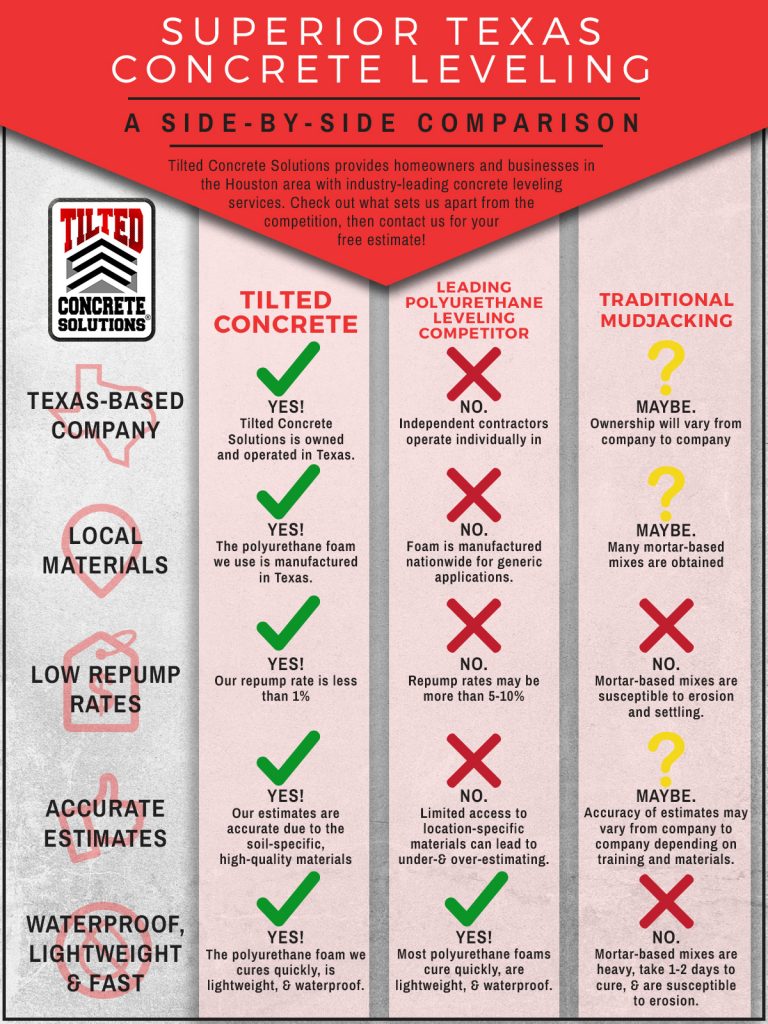Seasonal Considerations For Industrial Exterior Painting: What You Required To Know
Seasonal Considerations For Industrial Exterior Painting: What You Required To Know
Blog Article
Web Content Written By-Fox Whalen
When you're intending an industrial exterior painting job, seasonal aspects can make or break your results. You'll want to consider how temperature level and moisture effect paint application and drying times. Choosing the right season can guarantee your paint adheres effectively and lasts longer. However which seasons are truly the very best for this sort of work? Let's discover the key elements that can impact your task's success.
The Impact of Temperature on Paint Application
When you're planning an industrial external paint task, the temperature can significantly influence how well the paint adheres and dries.
Preferably, you intend to repaint when temperatures vary in between 50 ° F and 85 ° F. If it's also chilly, the paint might not heal effectively, causing problems like peeling or fracturing.
On the other side, if it's also warm, the paint can dry out also quickly, preventing appropriate adhesion and causing an uneven surface.
more info here should additionally consider the moment of day; morning or late afternoon supplies cooler temperature levels, which can be more positive.
Always inspect the manufacturer's referrals for the particular paint you're utilizing, as they typically offer assistance on the ideal temperature variety for optimal outcomes.
Moisture and Its Effect on Drying Times
Temperature level isn't the only environmental aspect that influences your commercial external paint job; humidity plays a significant role also. High moisture levels can decrease drying times drastically, impacting the overall high quality of your paint work.
When the air is filled with moisture, the paint takes longer to heal, which can lead to concerns like poor bond and a greater risk of mold growth. If you're repainting on a specifically humid day, be gotten ready for extended delay times in between layers.
It's vital to monitor local weather conditions and strategy appropriately. Ideally, aim for moisture levels in between 40% and 70% for ideal drying out.
Maintaining these factors in mind guarantees your task remains on track and provides a long-term coating.
Best Seasons for Commercial Outside Painting Projects
What's the most effective time of year for your industrial external paint tasks?
Spring and early fall are normally your best choices. Throughout these periods, temperatures are light, and humidity levels are commonly reduced, developing excellent problems for paint application and drying.
Stay exterior painting minneapolis mn of summertime's intense heat, which can trigger paint to dry too rapidly, resulting in poor bond and coating. Likewise, exterior painting louisville can prevent appropriate drying and healing, taking the chance of the longevity of your paint work.
Go for days with temperature levels between 50 ° F and 85 ° F for optimum results. Bear in mind to check the local weather report for rain, as wet problems can wreck your project.
Preparation around these elements guarantees your painting job runs efficiently and lasts much longer.
Conclusion
To conclude, preparing your commercial external paint tasks around seasonal considerations can make a considerable difference in the outcome. By scheduling work throughout the suitable temperature levels and humidity degrees, you'll make sure better attachment and drying times. Keep in mind to watch on local weather report and pick the right time of year-- springtime and very early fall are your best choices. Taking these actions will assist you accomplish a long lasting and professional coating that lasts.
